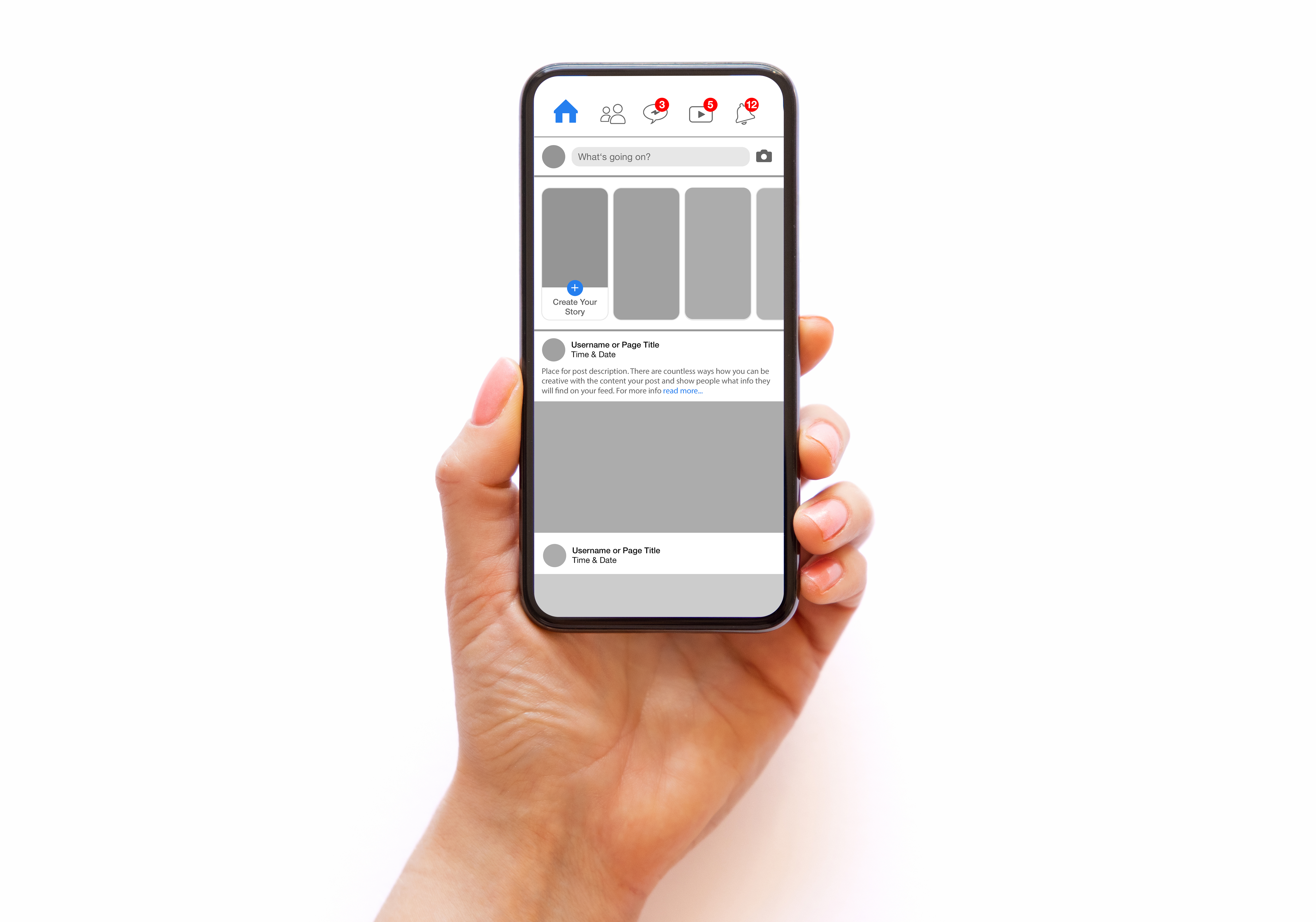In today's competitive insurance industry, it's more important than ever to have a strong online presence. LinkedIn is a powerful tool that can help you connect with potential clients and generate more leads. But how do you optimize your LinkedIn profile to make the most of it?
This blog post will summarize a LinkedIn tutorial for insurance agents that covers everything you need to know about creating a profile that attracts attention and gets results. If you would like to learn more about the insurance courses we offer, please visit our education website.
The Power of a Professional LinkedIn Profile
Your LinkedIn profile is your online resume and your first impression to potential clients. A well-crafted profile can help you:
- Connect with more people: LinkedIn is a great way to connect with potential clients, decision-makers, and other industry professionals.
- Establish yourself as an expert: By sharing valuable content and insights, you can position yourself as a thought leader in your field.
- Generate more leads: A strong LinkedIn profile can help you attract new clients and grow your business.
Optimizing Your LinkedIn Profile
Now that you know the power of a professional LinkedIn profile, let's dive into how to optimize yours. Here are some key steps to follow:
1. Update Your Cover Photo
Your cover photo is one of the first things people will see when they visit your profile. It's important to choose a high-quality cover photo that showcases your professional skills and experience.
The video recommends using a cover photo that is relevant to the insurance industry. For example, you could use a photo of yourself shaking hands with a client, or a photo of a cityscape with insurance company buildings in the background.
2. Add a Professional Profile Photo
Your profile photo is another important element of your profile. It should be a clear, professional headshot that shows your face. Avoid using blurry photos, selfies, or group photos.
3. Craft a Compelling Headline
Your headline is your chance to make a great first impression. It should be clear, concise, and attention-grabbing. Your headline should ideally include your current job title, company name, and a keyword or two that describes your area of expertise.
For example, if you are a life insurance agent, your headline could be something like "Life Insurance Agent at ABC Insurance Company."
4. Write a Detailed About Section
Your about section is your opportunity to tell your story and explain why you're passionate about the insurance industry. It's also a great place to highlight your skills and experience.
When writing your about section, be sure to use keywords that potential clients are likely to search for. For example, if you specialize in life insurance, you could include keywords like "life insurance," "term life insurance," and "whole life insurance."
5. Request Connections
Don't be afraid to request connections from people you know. When requesting a connection, be sure to personalize your message with a brief introduction of yourself and why you're connecting.
The video recommends sending a personalized connection request message that is more than just the default LinkedIn message. You can mention something you have in common with the person, or how you can help them with their insurance needs.
6. Share Valuable Content
One of the best ways to establish yourself as an expert and generate leads is to share valuable content on LinkedIn. This could include articles, videos, or infographics that are relevant to the insurance industry.
When sharing content, be sure to include a call to action, such as a link to your website or a request to contact you for a free consultation.
7. Join Groups
LinkedIn groups are a great way to connect with other insurance professionals and potential clients. There are groups for almost every niche in the insurance industry, so you should be able to find a few that are a good fit for you.
Once you've joined a few groups, be sure to participate in discussions and share your expertise. This is a great way to get your name out there and establish yourself as a thought leader.
8. Use Keywords Throughout Your Profile
When creating your LinkedIn profile, be sure to use keywords that potential clients are likely to search for. These keywords should be included in your headline, about section, experience section, and skills section.
For example, if you specialize in auto insurance, you could include keywords like "auto insurance," "car insurance," and "homeowners insurance."
9. Get Recommendations
Recommendations from colleagues, clients, and other professionals can add credibility to your profile. If you've done a good job for someone, ask them to write you a recommendation on LinkedIn.
10. Track Your Results
Once you've made some changes to your profile and implemented some of the advanced strategies mentioned above, it's important to track your results. This will help you see what's working and what's not, so you can make adjustments to your approach.
Here are some key metrics to track on LinkedIn:
- Profile views: How many people are seeing your profile?
- Clicks: How many people are clicking on the links in your profile?
- Engagement: How many people are liking, commenting on, and sharing your content?
- Leads generated: How many leads have you generated from LinkedIn?
LinkedIn Analytics provides a wealth of data that you can use to track your results. You can also use a CRM system to track leads generated from LinkedIn and other sources.
By tracking your results, you can see what's working and what's not. This information can be used to improve your LinkedIn profile, content strategy, and overall social selling efforts.
Conclusion
By following the tips in this blog post, you can create a LinkedIn profile that attracts attention and generates leads for your insurance business. Remember, LinkedIn is a powerful tool, but it takes time and effort to see results. Be patient, consistent, and always provide value to your audience.
In addition to the above, here are some other helpful tips for insurance agents who want to succeed on LinkedIn:
- Showcase your client testimonials: Client testimonials can add credibility to your profile and show potential clients that you're a trusted advisor.
- Publish regularly: Regularly publishing content on LinkedIn shows that you're an expert in your field and helps you stay top-of-mind with your audience.
- Engage with other people's content: Don't just post your own content. Be sure to like and comment on other people's posts, especially those from potential clients and referral partners.
- Track your analytics: LinkedIn provides analytics that can help you track the performance of your profile and content. Use this information to see what's working and what's not, and make adjustments accordingly.
By following these tips, you can use LinkedIn to establish yourself as a thought leader in the insurance industry, connect with potential clients, and generate more leads for your business.
If you would like to learn more about our insurance courses, please visit our education website.





